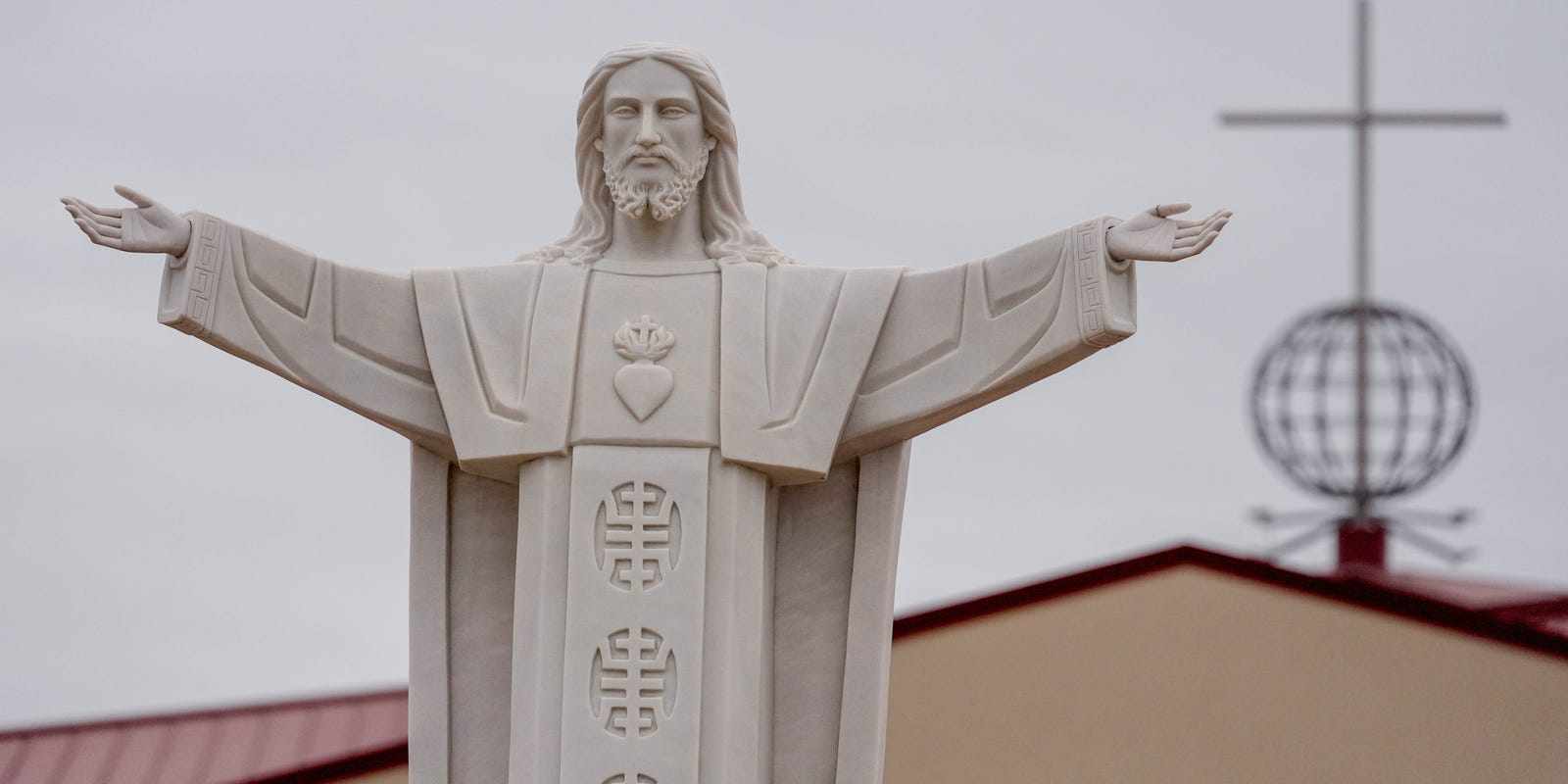Faith, Education, and Boundaries: Supreme Court Confronts Landmark Charter School Showdown

In a pivotal hearing, the Supreme Court is set to examine a landmark case that could dramatically reshape the landscape of religious education and public funding. At the center of the controversy is a Catholic Church-affiliated charter school seeking to expand its access to taxpayer resources, potentially marking a significant shift in the relationship between religious institutions and public education.
The case promises to test the boundaries of church-state separation, as the justices consider whether religious schools can receive government funding traditionally reserved for secular educational institutions. This legal challenge could have far-reaching implications for how religious organizations interact with public funding streams, potentially opening the door for broader financial support for faith-based educational programs.
Advocates argue that the case represents an important step toward educational freedom and equal treatment, while critics warn of potential constitutional concerns and the erosion of the separation between church and state. The Supreme Court's decision could fundamentally alter the current understanding of public funding and religious education in the United States.
